Tooth Coating Methods
Dental Veneer Methods: Zirconia, E-Max, and Porcelain Crowns
Dental veneers are one of the most popular aesthetic dentistry treatments used to restore the natural look of teeth, improve durability, and create a beautiful smile. The most common veneer methods are Zirconia Crown, E-Max Full Crown, and Porcelain Crown.

What Are Dental Veneer Methods?
Zirconia Crown
The Zirconia Crown method involves covering the tooth surface with zirconium oxide. This material is:
-
Extremely durable and resistant to breakage
-
Aesthetic, providing a natural tooth-like appearance
-
Biologically safe for gum health
E-Max Full Crown
E-Max Full Crown is a crown that covers the entire tooth. It is especially recommended when:
-
Tooth surfaces are completely lost
-
There is minimal remaining natural tissue
-
A durable, aesthetic, and biocompatible solution is needed
Porcelain Crown
Porcelain crowns are placed on the visible part of the tooth and mimic natural tooth color and texture. They:
-
Restore tooth strength
-
Provide a natural, aesthetic look
-
Are ideal for patients looking for a cost-effective solution
Construction Stages of Dental Veneer Methods
Zirconia Crown Stages
-
Digital Scanning & Impressions – The dentist scans and measures the teeth.
-
Digital Design – A customized crown is designed on computer software.
-
Production – Special machines create the crown from zirconium blocks.
-
Firing Process – The crown is baked in a high-temperature furnace.
-
Polishing & Adjustment – The dentist checks the crown, makes refinements, and places it on the tooth.
E-Max Full Crown Stages
-
Examination & Preparation – The dentist checks teeth and removes caries if necessary.
-
Impression Taking – Measurements of teeth are taken.
-
Design & Laboratory Production – The E-Max crown is produced in a dental laboratory.
-
Placement & Adjustment – The crown is fitted, adjusted, and bonded for long-term comfort.
Porcelain Crown Stages
-
Preparation & Shaping – The tooth is shaped and measured.
-
Mould Creation – A mould is made for the crown.
-
Porcelain Processing – Porcelain powder is shaped, compacted, and baked at high temperatures.
-
Color & Texture Matching – Adjustments are made to match the patient’s natural teeth.
-
Bonding – The crown is cemented onto the tooth.
Importance of Measurement in Dental Veneers
Taking precise impressions is critical for a natural and comfortable fit. The process includes:
-
Cleaning the teeth before taking impressions
-
Designing the veneer according to tooth structure
-
Accurate impression taking using special dental tools
-
Veneer production based on these measurements
-
Final application by the dentist
Frequently Asked Questions (FAQ) About Dental Veneers
1. How long do dental veneers last?
With proper care, Zirconia and E-Max crowns can last 15–20 years, while porcelain crowns generally last 10–15 years.
2. Are veneers painful?
The procedure is performed under local anesthesia, so patients usually feel minimal discomfort.
3. Which veneer method looks the most natural?
E-Max crowns are known for their high translucency and natural tooth-like aesthetics.
4. Can veneers stain over time?
Zirconia and E-Max veneers are highly resistant to staining, while porcelain crowns may stain slightly over time.
5. How do I care for my veneers?
-
Brush and floss daily
-
Avoid biting hard objects
-
Visit your dentist regularly
6. What is the difference between Zirconia and E-Max veneers?
-
Zirconia: More durable, ideal for back teeth.
-
E-Max: More aesthetic, ideal for front teeth.
👉 At The Pearl Clinic Antalya, we offer Zirconia, E-Max, and Porcelain Crown treatments tailored to your needs with high-quality materials and advanced technology.


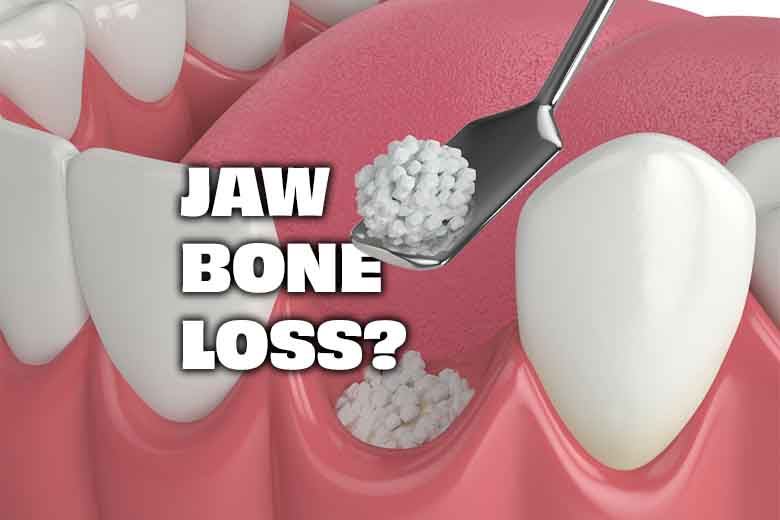




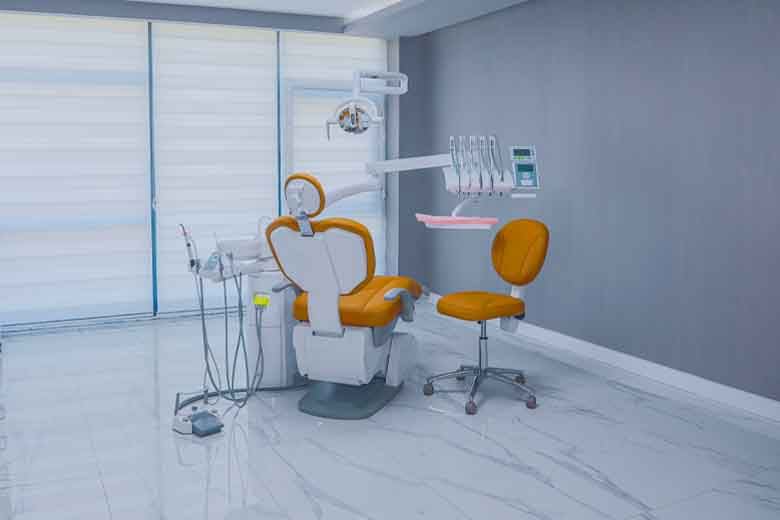



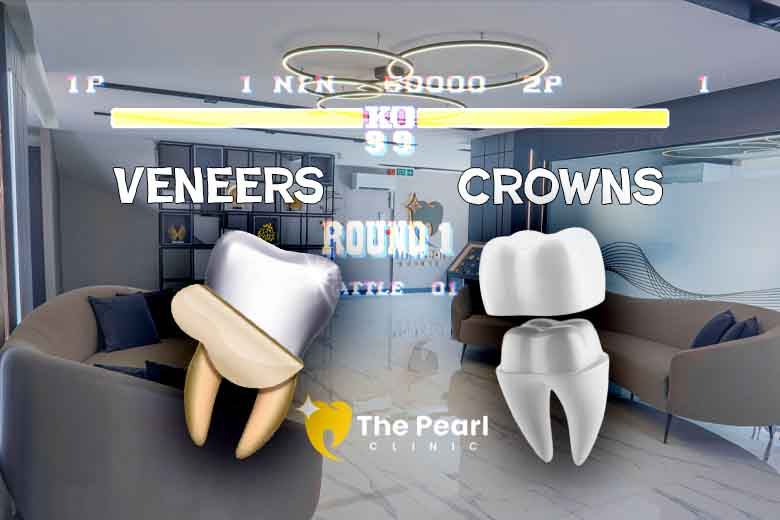




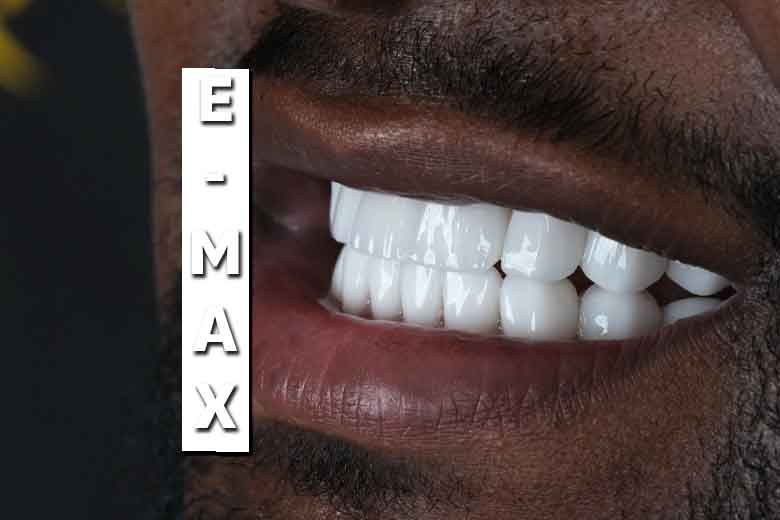





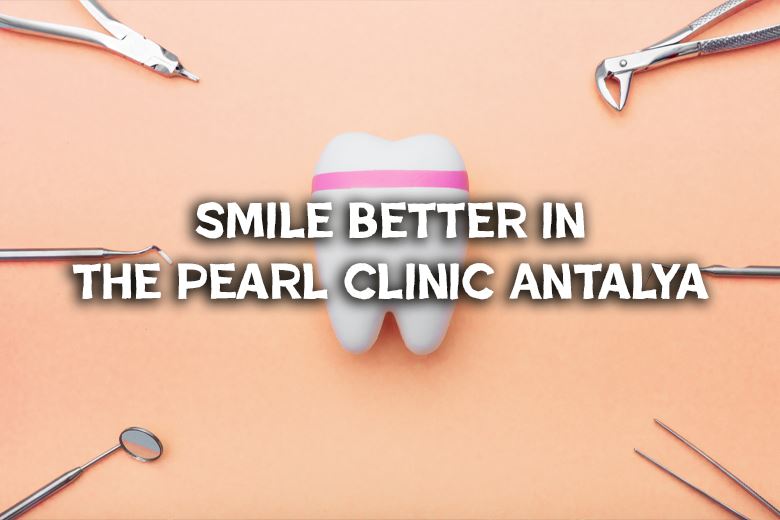









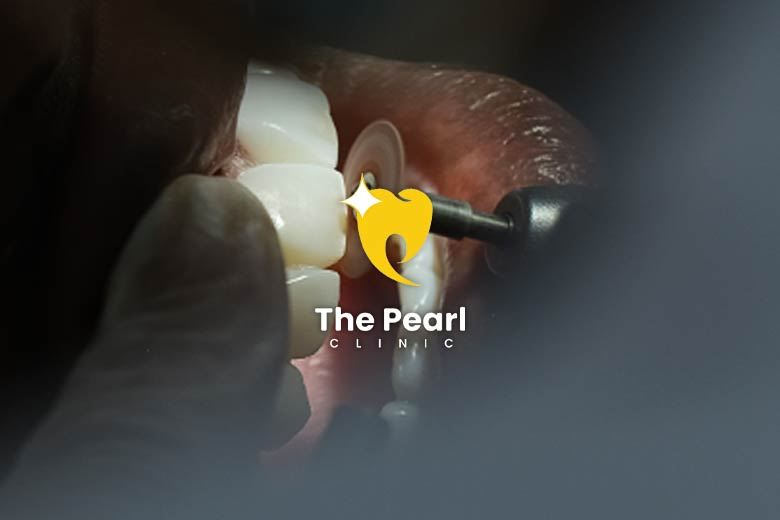

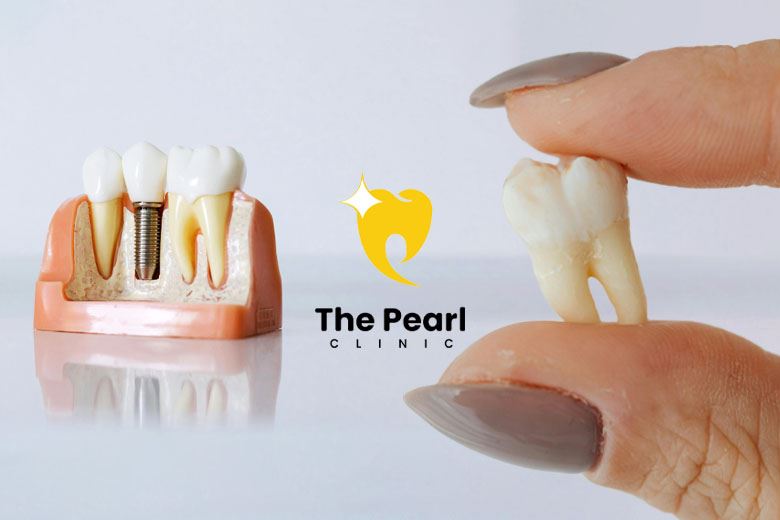
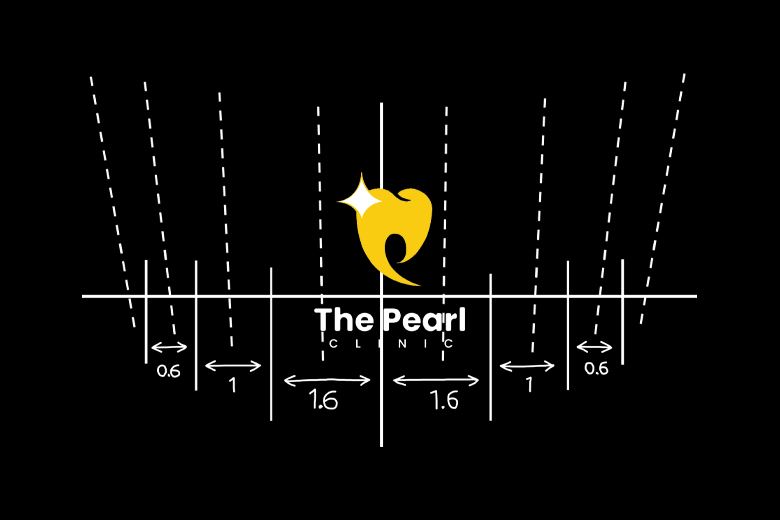
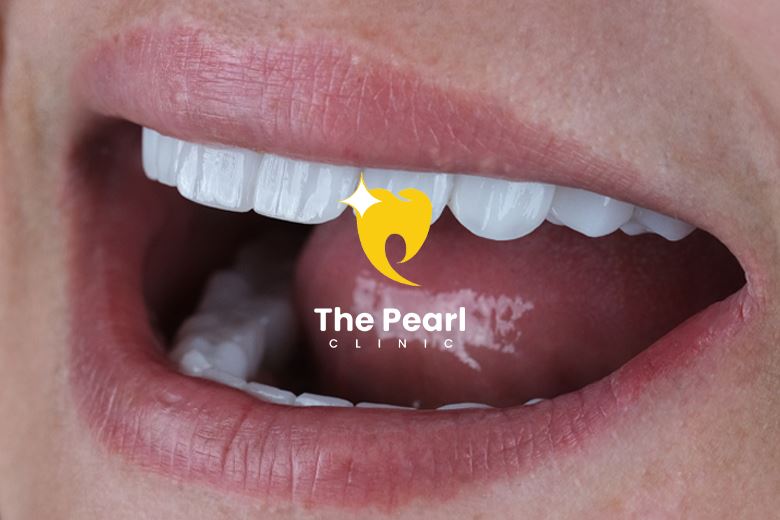

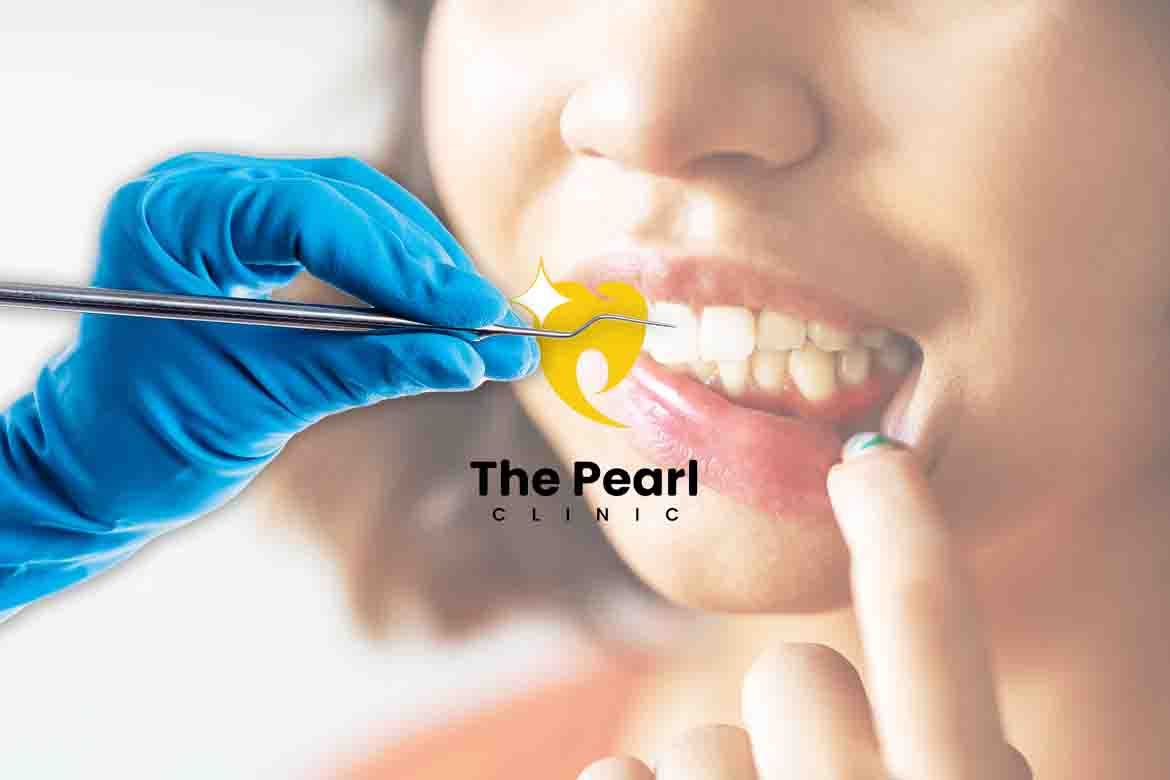
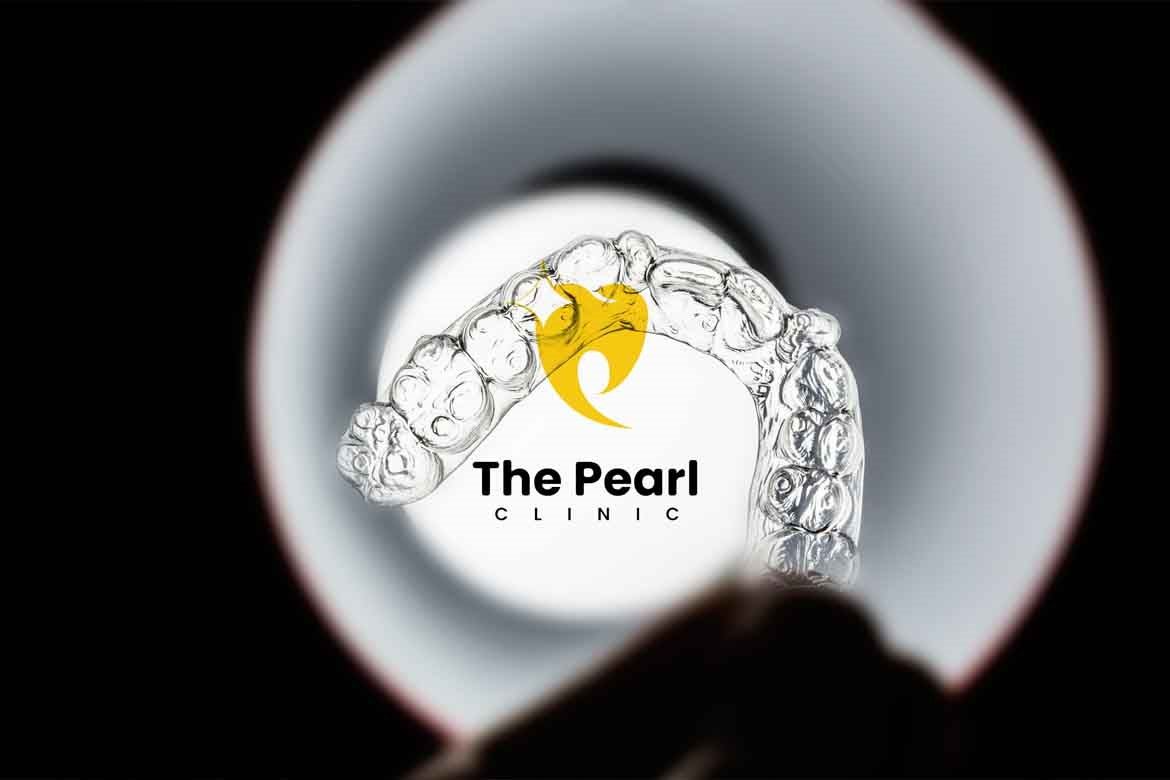



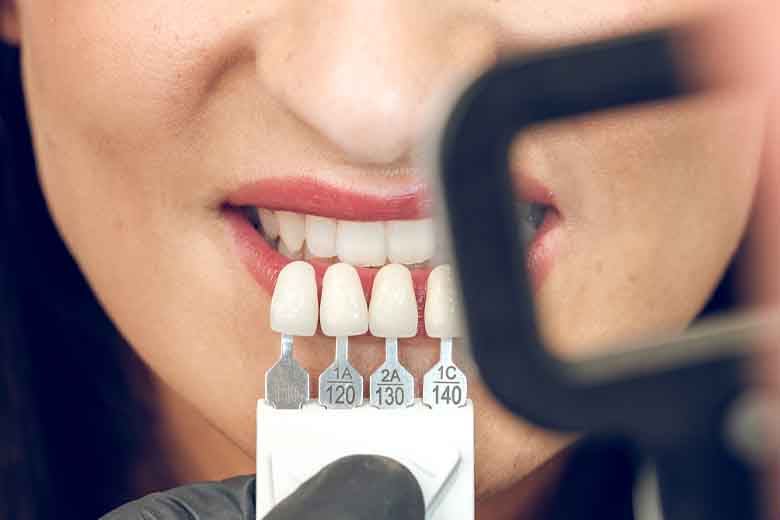
Do Comment